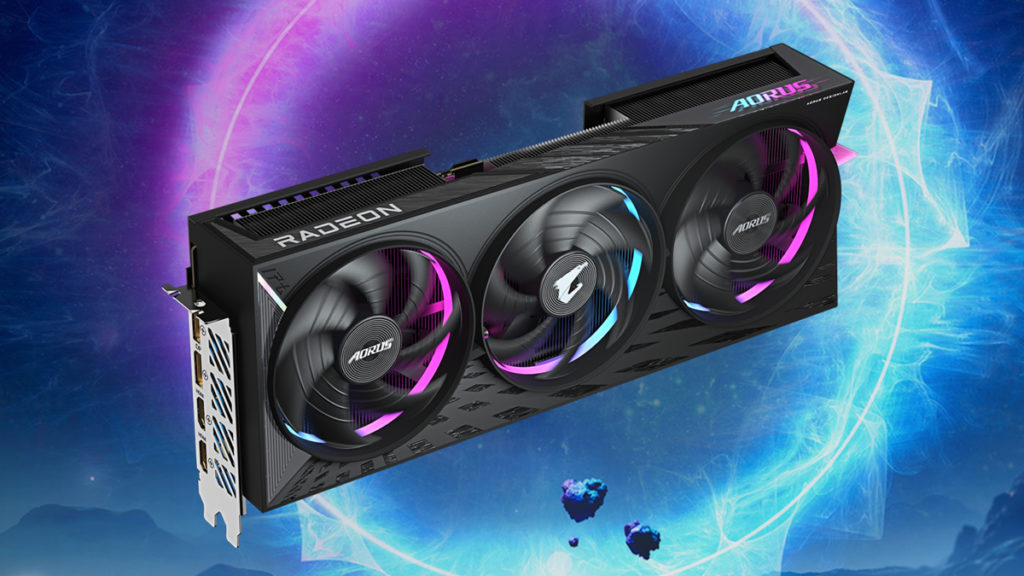The Radeon RX 9000 Series, a new generation of GPUs based on the RDNA 4 architecture, wasn’t discussed at AMD’s press event at CES 2025 on Monday because the company wasn’t given enough time to introduce them properly, according to new statements derived from a roundtable interview with David McAfee, AMD’s corporate vice president and general manager of its Client Channel Business, and Frank Azor, the chief architect of gaming solutions and gaming marketing at AMD.
“We tried to include RDNA 4, we really did,” Azor revealed before going on to say that doing so would have “fed the narrative that we didn’t care about graphics, because we had 45 minutes and we had to rush through.”
An early look at some of the Radeon RX 9000 Series graphics cards that have been developed come by way of GIGABYTE, which has already listed three models on its website: the AORUS Radeon RX 9070 XT ELITE, Radeon RX 9070 XT GAMING OC, and Radeon RX 9070 GAMING OC.
David McAfee: From a timeline standpoint, it’ll be a little bit later this quarter that we actually begin to roll out RDNA 4 graphics cards. But you know, our focus as we get into this generation is to deliver a really, really compelling value to the end user, with great price-performance.
Lean into all aspects of design efficiency, which is about making it simpler, more cost-effective, more power-effective, to really optimize from silicon all the way through board design so that we can hit the key features that those gamers who are playing enthusiast-class games care about at a price point that they’re going to be really excited to see.
And so I think that we believed, as we built this press conference with the strict time limits, spending five minutes on RDNA 4 was not going to be enough to do it justice. We’ll move it to a separate set of content that comes a little bit later this quarter. Frank, anything to add?
Frank Azor: We covered everything… There were certain things that we adopted in the press release and we didn’t put into the press conference, like the Z2 [handheld gaming] processor, for example. We tried to include RDNA 4, we really did.
It was going to feed the narrative that we didn’t care about graphics, because we had 45 minutes and we had to rush through. You have to introduce the architecture, all the deltas, all the ray tracing performance, or machine learning performance. Do the positioning of the cards, do FSR [FidelityFX Super Resolution]. Give you a whole overview around FSR, the ISP partners, what’s different about FSR. Show you how FSR works normally. We’d spend 45 minutes to an hour doing that… We started with all this content, and then you’re like, getting it down to the five-minute budget that we had for this.

